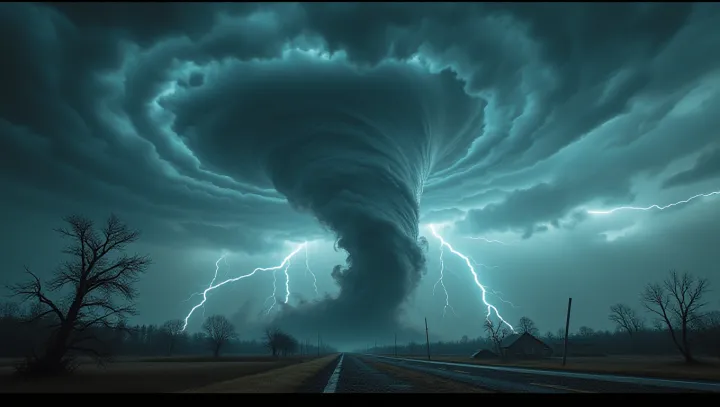Understanding the Phenomenon of Tornadoes

Tornadoes are among the most destructive natural phenomena, characterized by a violently rotating column of air extending from a thunderstorm to the ground. These powerful and unpredictable events occur mainly in the United States, particularly in the central region often referred to as 'Tornado Alley.' At the heart of a tornado's formation are complex meteorological interactions. Warm, moist air colliding with cold, dry air creates severe weather conditions, leading to the phenomenon.
Typically, these atmospheric events intensify during solar terms when seasonal changes influence weather patterns significantly. The implications of tornadoes are considerable. They not only threaten human life and infrastructure but also disrupt ecological balances and seasonal activities.
Meteorologists emphasize the critical need for timely warnings and robust response strategies to mitigate the impact. As highlighted by leading climatologists, understanding and researching tornado dynamics is essential to predict future occurrences. With climate change influencing weather systems, an increase in frequency and intensity of such events is a pressing concern globally.
